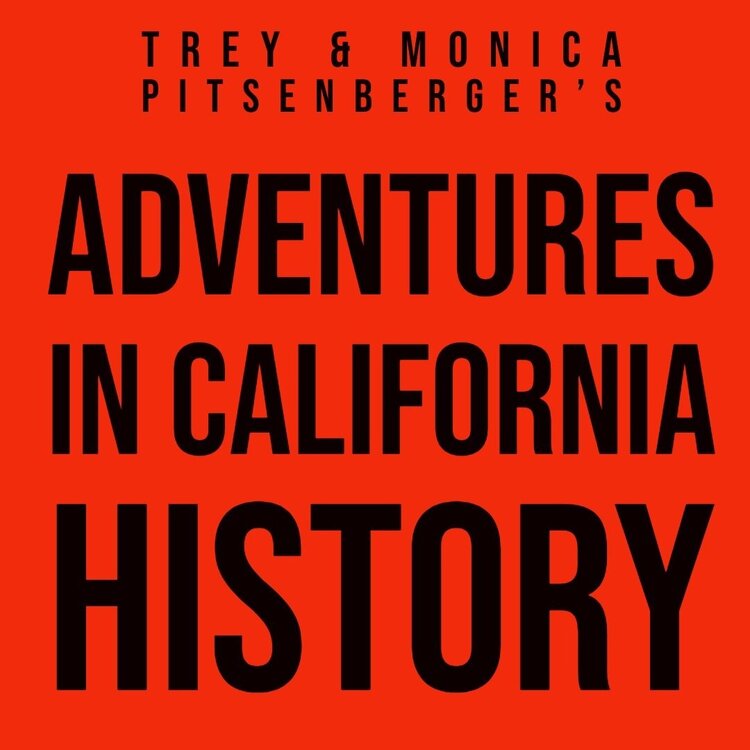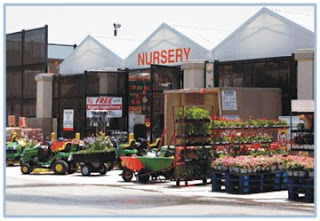Anna in Spain wants to start a small garden center and has questions about the water needs of plants, how many plants to start with, and all the other questions that someone starting a garden center would have. I have been trying to find the time to get to the answers in the middle of the spring rush. Hang in there Anna and I’ll find the time.
I am not a cook but I watch real ones on TV. Last night I watched a great biography of Chef Emerill Lugase. It’s the story of a man who worked his way up to the top of his profession. The reason I like to watch his show and I am sure most people watch it is to be filled with his passion for cooking and life. Despite having challenges to face all through his career his passion and joy have always trumped any negativity.
This would be the one quality that a new garden center owner should have in abundance. Passion is going to carry you through the times when the weather doesn’t cooperate and despite you best intentions you loose money that year. Passion is going to carry you through the next year when the same thing happens. How is it possible to get up in the morning and greet the customers with a smile and cheerful demeanor when the pile of bills in the office would scare anyone?
I see many similarities between restaurants and garden centers. Going to a restaurant involves many of the same reasons you go to a great nursery. Besides plants or food we each provide an experience. You go to Home Depot to buy plants, you go to a great nursery or restaurant to buy and take home a piece of the passion you felt when you we’re there. We both want the experience to be so great that you can’t wait to tell your friend’s about the really cool place you have found.
I’ll see if I can answer Anna’s questions well enough to help but the best advice I can give is to look to the great chefs like Emerill and imagine your self as passionate and excited as they are and have been. Create your garden center just as if you we’re creating a restaurant and provide the consumer with an exceptional experience. Get excited and let you passion carry you through the up’s and down’s.

